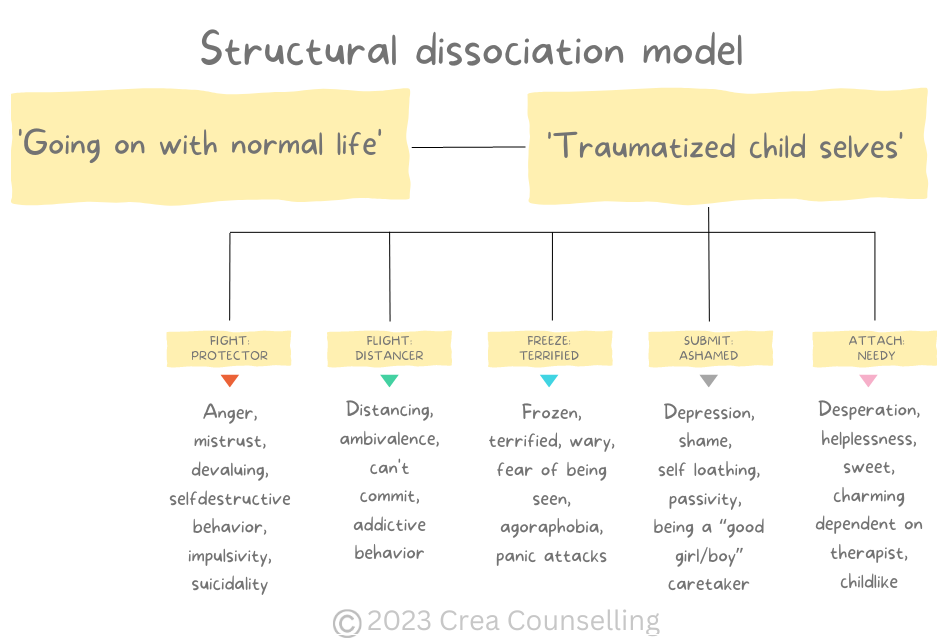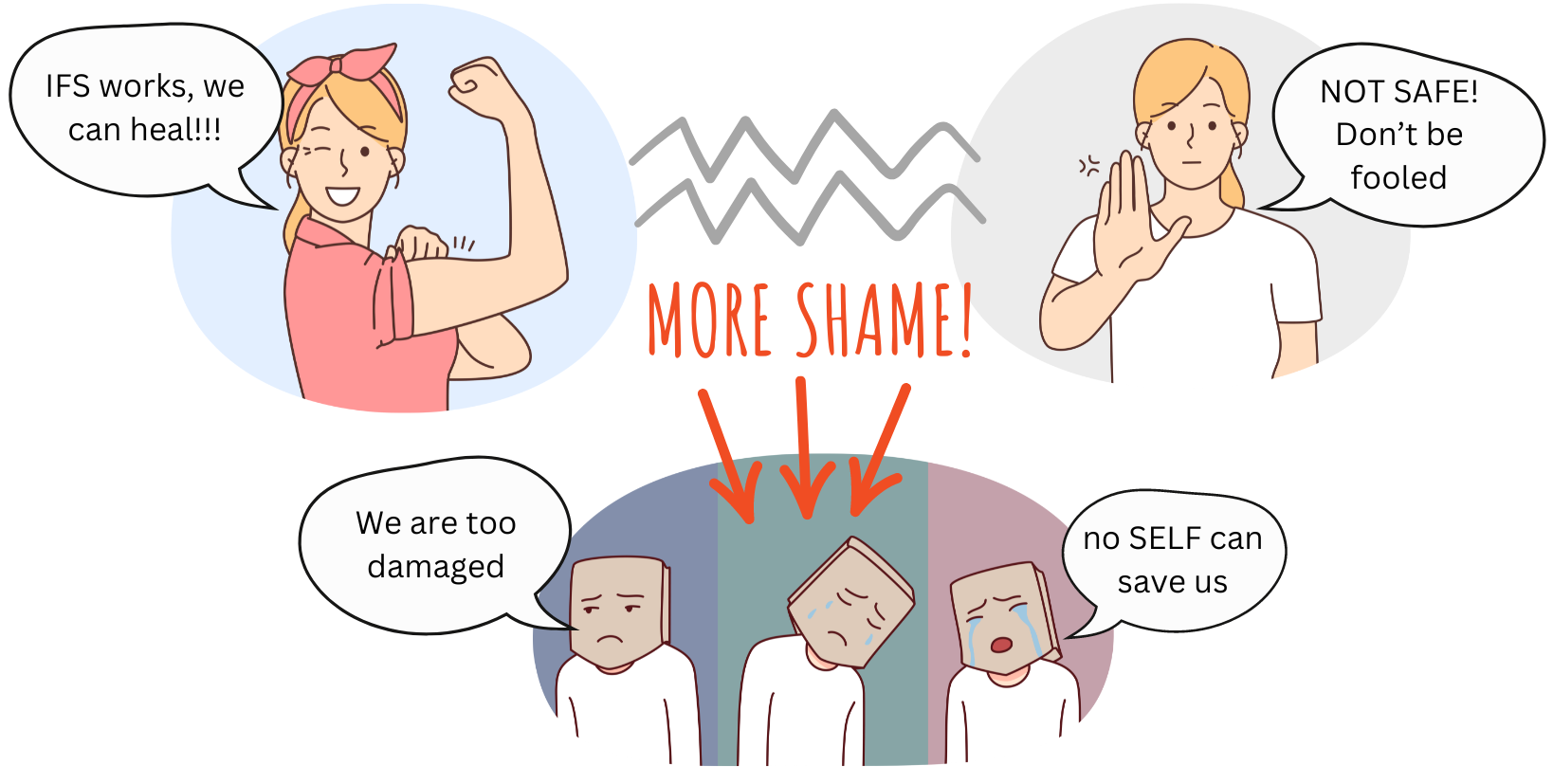TIST - Trauma Informed Stabilisation Treatment
Empowered to transform the living legacy of trauma
The TIST model was developed by Dr. Janina Fisher to help trauma survivors understand and alleviate the impact of complex trauma on their daily lives. TIST is a parts model which employs some of the experiential techniques of IFS but is neurologically informed and and does not rely on the notion of 'unburdening' traumatic memories (which is encouraged in IFS).
As a mindfulness-based approach, TIST invites us to observe distressing emotions and impulses as communications from a part that has been triggered. Instead of acting on its feelings and impulses, we learn to slow down and remain curious about what the part fears or needs Understanding our actions and reactions as the instinctive responses of our trauma-related parts lessens the shame and self-blame which can often be the greatest obstacle to meaningful change.
TIST is present focused and practical. It is based on the premise that trauma survivors often have 'symptoms instead of memories'. While the past cannot be changed we can change its living legacy.
Trauma: the gifts and legacy of fragmentation
Our brains and bodies' first priority is to maximise our chances of survival. In traumatic circumstances, our brains have the ability to compartmentalize experiences which would otherwise overwhelm our capacity to cope with daily life, storing them in different brain structures. While our nervous systems adapt to enduring conditions of extreme stress by learning to anticipate threat, instinctively mobilizing the survival responses most suited to the circumstances.( i.e., fight, flight, freeze in fear, cry for help, or submit). As these responses are stimulated over and over, we frequently develop parts of the personality driven by one or more animal defences.
These are the inner world of a traumatized person becomes a battle ground of many parts: on the one hand, the parts whose role is to “keep on keeping on” (working, studying, caring for others etc), constantly try to 'keep it together' while feeling hollow and fraudulent. On the other hand, the 'more emotional' parts easily triggered into default survival responses that can spiral into repetitive patterns of reactivity/self-shaming/despair and more reactivity .
The healing process in TIST happens as the adult self of today is resourced enough to recognise each part for the vital role they played in the person's survival. Each part can be a problem or a solution: the fight part can harm the body or harm others, or it can contribute the strength, courage and energy necessary to face challenges and stand our ground. The submit part can get stuck in chronic depression and shame—or it can allow us to be more flexible and find acceptable compromises As individuals begin to feel more warmly toward their traumatized parts, there is a sense that the past is over and all parts are safe enough now to help create a life beyond trauma.

Interested in learning more about TIST?
Click below to download a booklet on TIST by Janina Fisher











